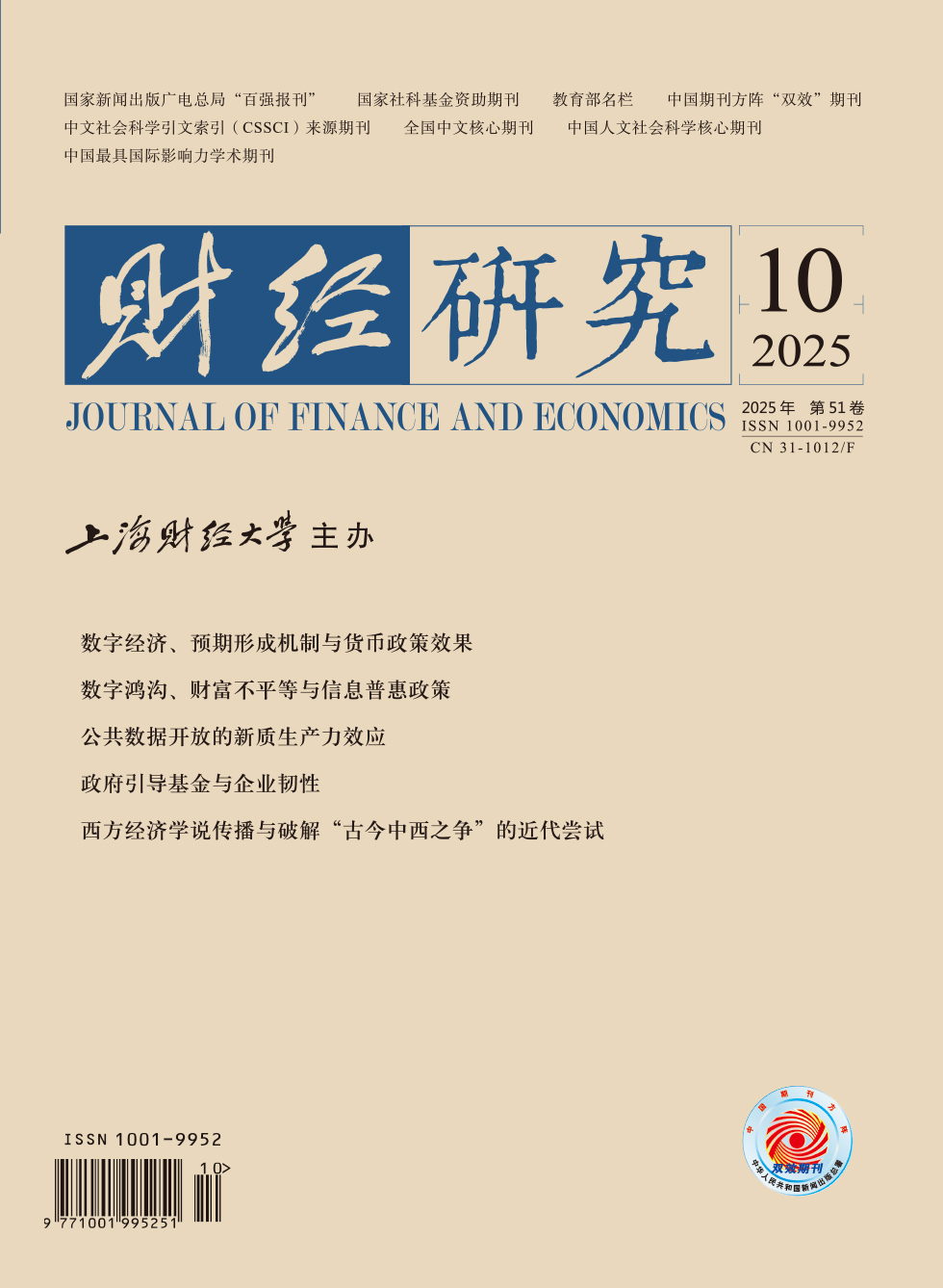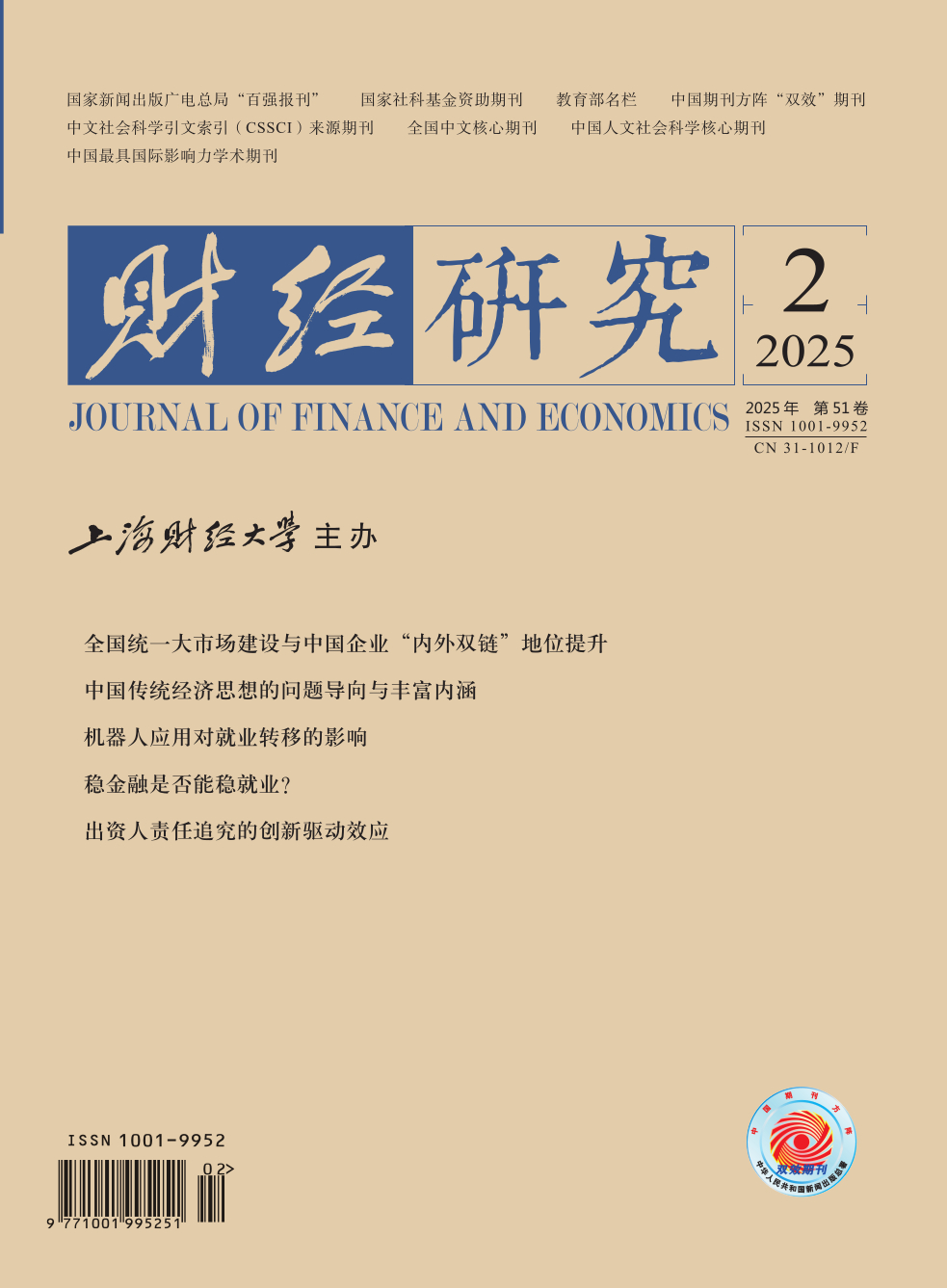In the critical period of economic transformation and upgrading, affected by factors such as fluctuations in domestic and foreign market demand and international trade disputes, China’s unemployment population is on the rise, and the employment situation is grim. As employment matters the most in people’s lives, the Chinese government has introduced a series of policies to increase employment. Promoting employment growth has become one of the focuses of the current government work.
This paper uses the data of Shanghai and Shenzhen A-share listed companies from 2010 to 2021 to empirically test the relationship between supply chain stability and labor employment. The empirical results show that: Supply chain stability can effectively increase labor employment, and commercial credit channels, bank credit channels, and operational risk channels are major mechanisms. Heterogeneity analysis shows that the employment promotion effect mainly exists in small and medium-sized firms, firms with weaker mortgage ability, and firms with higher supply chain dependence. In addition, both supplier stability and customer stability can increase labor employment. Further, this paper also explores the impact of supply chain stability on corporate labor structure, and finds that supply chain stability can increase the proportion of highly-educated and skilled labor. Finally, economic consequences show that the increase in labor employment under supply chain stability can improve corporate TFP.
The marginal contributions of this paper are as follows: First, from the perspective of supply chain relationships, it theoretically and empirically analyzes the impact of supply chain stability on labor employment, refining the existing theoretical framework for the study of labor employment. Second, it analyzes the impact mechanism of supply chain stability on labor employment from the perspectives of external financing and operational risks, clarifying the channels through which supply chain relationships affect corporate behavior and enriching the existing literature on the transmission paths of supply chain relationships on corporate behavior. Third, it provides policy guidance for better leveraging the positive role of stable supply chains in stabilizing labor employment by analyzing the heterogeneous effect of dependency relationships and supply chain positions on the relationship between supply chain stability and labor employment.





 2690
2690  3275
3275

